As a passionate coffee drinker, I have often wondered about what to do with old coffee grounds. Throwing them away always seemed wasteful, so I decided to do some research and find creative and eco-friendly alternatives. I discovered that coffee grounds can be repurposed in numerous ways, from gardening to cleaning and even skincare!
By recycling coffee grounds, we can reduce waste and contribute to a more sustainable lifestyle. Here are some of my favorite ideas for using old coffee grounds:
Key Takeaways:
- Coffee grounds can be repurposed in creative and eco-friendly ways instead of throwing them away.
- Recycling coffee grounds can contribute to a more sustainable lifestyle and reduce waste.
Composting Coffee Grounds for a Sustainable Garden
If you’re looking for an eco-friendly way to enhance your garden, look no further than your morning cup of joe. Composting coffee grounds is an excellent way to reduce waste and provide your plants with a nutrient-rich natural fertilizer.
First, collect your used coffee grounds and add them to your compost bin. It’s important to mix coffee grounds with other compost materials, such as leaves or grass clippings, to avoid clumping and ensure proper decomposition.
As coffee grounds decompose, they release nitrogen, phosphorus, and potassium, which are essential nutrients for plant growth. Not only do coffee grounds enrich the soil, but they also improve soil structure and water retention.
However, be cautious when using coffee grounds as fertilizer for acid-loving plants, such as blueberries or azaleas, as coffee grounds can slightly lower soil pH.
Composting coffee grounds is an easy and cost-effective way to create a sustainable garden. Not only does it reduce waste, but it also improves soil quality and plant growth. So next time you brew a fresh pot of coffee, don’t throw away the grounds – give them a new life in your garden!
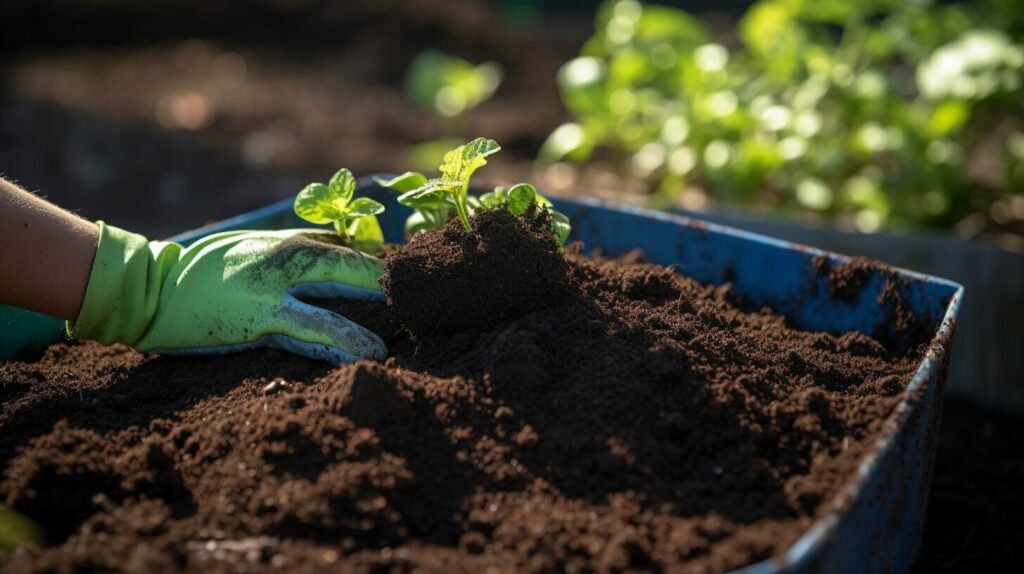
Composting Coffee Grounds Guidelines
| Do: | Don’t: |
|---|---|
| Collect coffee grounds from your personal use or local coffee shops. | Use coffee grounds as a standalone fertilizer without mixing them with other compost materials. |
| Mix coffee grounds with other compost materials to avoid clumping. | Overuse coffee grounds, as they can lower soil pH and harm acid-loving plants. |
| Compost coffee filters along with the grounds. | Use coffee grounds with seeds or weeds, as they may spread to the garden. |
| Apply coffee grounds as a top dressing around plants or mix them into the soil. | Compost coffee that has been flavored or has additives, as they may harm the plants. |
DIY Projects with Coffee Grounds: Creative Reuse Ideas
As an avid coffee drinker, I’m always looking for creative ways to reuse old coffee grounds instead of just throwing them away. Not only is it an eco-friendly practice, but it’s also a fun and affordable way to add some flair to your home. Here are a few of my favorite DIY projects using coffee grounds:
Coffee Candles
One of the easiest DIY projects using coffee grounds is making coffee candles. To get started, melt some soy wax in a double boiler and add in a few spoonfuls of coffee grounds. Once melted, pour the mixture into a heat-safe container and insert a wick in the center. Let it cool and solidify, then trim the wick and enjoy the delightful coffee aroma.
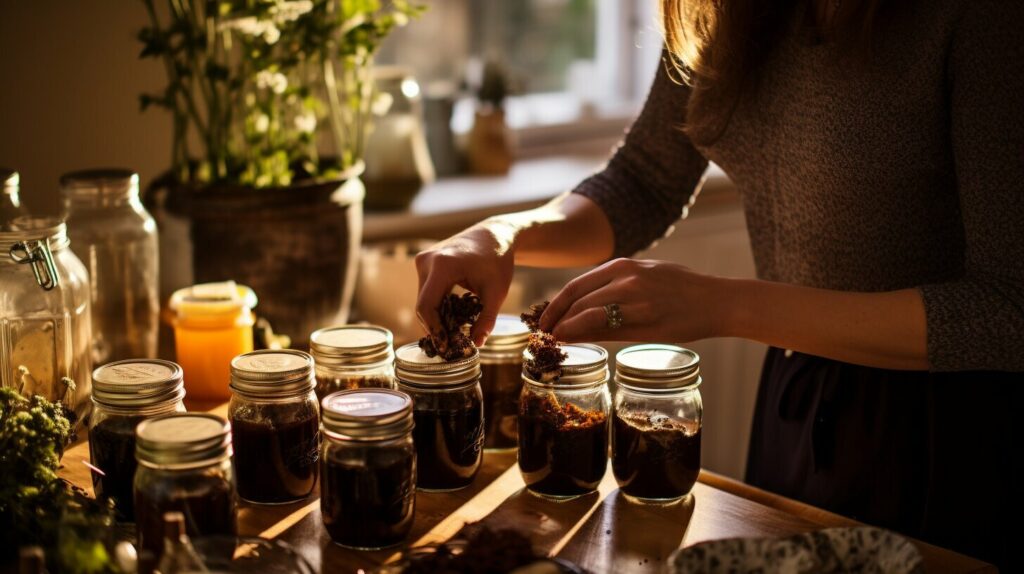
Coffee Soaps
Coffee soap is a great way to exfoliate your skin and leave it smelling deliciously like coffee. To make coffee soap, you’ll need to mix together some coffee grounds, coconut oil, shea butter, lye, and water. Pour the mixture into molds and let it set for a few hours. Once solidified, remove the soap from the molds and let it cure for about a month.
Coffee-Scented Sachets
If you’re looking for a way to freshen up your drawers or closet, try making some coffee-scented sachets. Simply mix together some ground coffee, cinnamon, and cloves and place the mixture in a small drawstring bag. You can also add in some dried flowers or herbs for an extra touch of freshness.
“Repurposing coffee grounds is a great way to get creative and reduce waste in your home. Try out these DIY projects and see how fun and useful they can be!”
Coffee Grounds as a Natural Exfoliating Scrub
Did you know that old coffee grounds can be used as a natural exfoliating scrub for your skin? Not only is it a great way to repurpose the grounds, but it also has numerous benefits for your skin.
Firstly, coffee grounds are a natural exfoliant that can help remove dead skin cells, leaving your skin feeling soft and smooth. Secondly, the caffeine in coffee grounds has antioxidant properties that can help reduce the appearance of wrinkles and fine lines. Lastly, using a homemade coffee scrub is an affordable and effective way to care for your skin without harsh chemicals.
To create a coffee scrub at home, mix together ¼ cup of used coffee grounds with 1 tablespoon of coconut oil or olive oil. Gently massage the mixture onto your skin in circular motions, then rinse with warm water.
Not only will this leave your skin feeling rejuvenated, but it also helps reduce waste by repurposing old coffee grounds! A win-win for you and the environment.
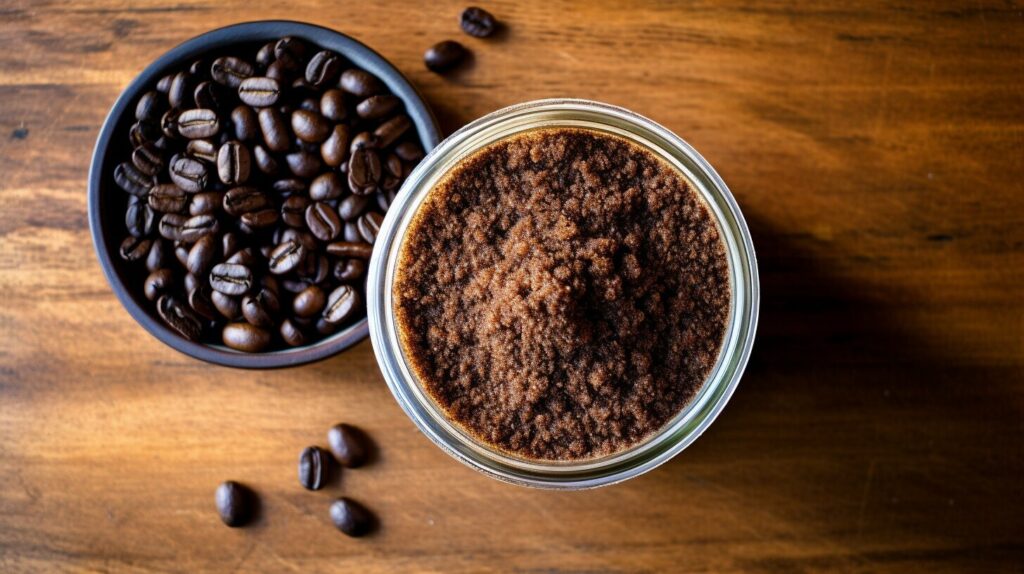
Coffee Grounds for Pest Control in the Garden
If you’re a keen gardener, you’ll know how frustrating it can be to see your plants destroyed by pests. However, using chemical pesticides can be harmful to the environment and expensive. The good news is that you can use coffee grounds as a natural and effective way to repel pests.
Many pests dislike the strong scent and taste of coffee, making it an ideal natural repellent. The caffeine in coffee grounds is also toxic to pests such as slugs, snails, and ants. Best of all, using coffee grounds for pest control is a sustainable and eco-friendly solution.
To get started, simply scatter used coffee grounds around the base of your plants or on the soil surface. You can also mix coffee grounds with water to create a liquid spray. This is particularly effective for repelling aphids and other small insects.
It is important to note that coffee grounds should be used in moderation. While they can be beneficial when used in small quantities, too much coffee can harm your plants. Additionally, coffee grounds can change the pH level of the soil, so it is important to monitor your soil’s acidity.
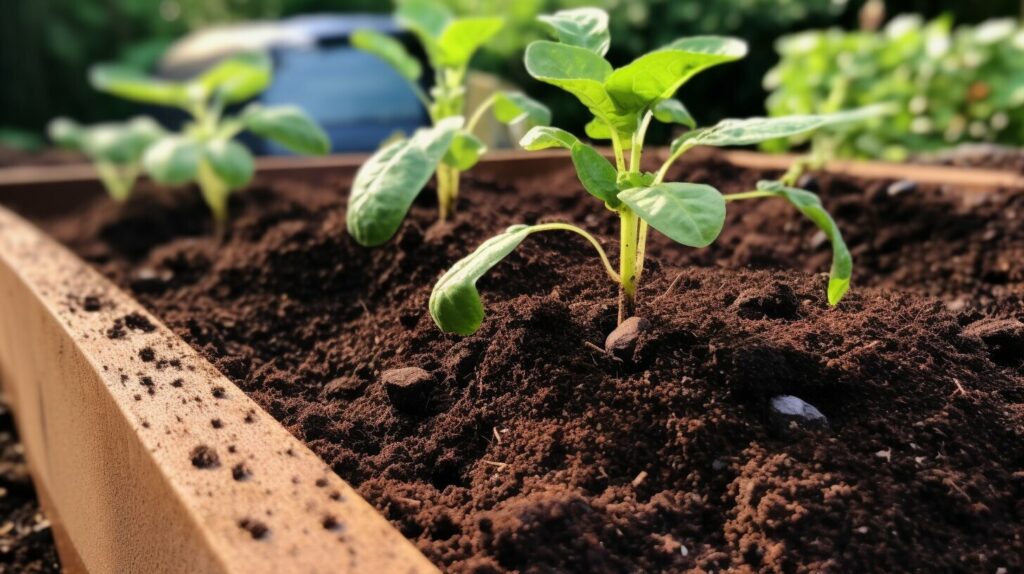
“Using coffee grounds for pest control is a natural and effective way to keep your garden healthy and pest-free.”
Coffee Grounds for Cleaning and Deodorizing
When it comes to household chores, coffee grounds can be incredibly useful. Not only are they a natural abrasive, but they can also absorb odors and remove stubborn stains. Here are some of my favorite ways to use old coffee grounds for cleaning and deodorizing:
| Task | Instructions |
|---|---|
| Scrubbing surfaces | Mix coffee grounds with a small amount of water to create a paste. Apply to surfaces and scrub with a sponge or brush to remove dirt and grime. |
| Removing odors | Place dried coffee grounds in a small, porous container, such as a sachet or muslin bag, and leave in areas with unpleasant odors, such as the refrigerator or closet. The coffee grounds will absorb the odors and leave a subtle coffee scent. |
| Cleaning dishes | Add a small amount of coffee grounds to soapy water and use to wash dishes. The coffee grounds will help remove stubborn food stains and leave dishes looking clean and shiny. |
Note: Be careful when using coffee grounds on light-colored or porous surfaces, as they can stain. Always test a small, inconspicuous area first.
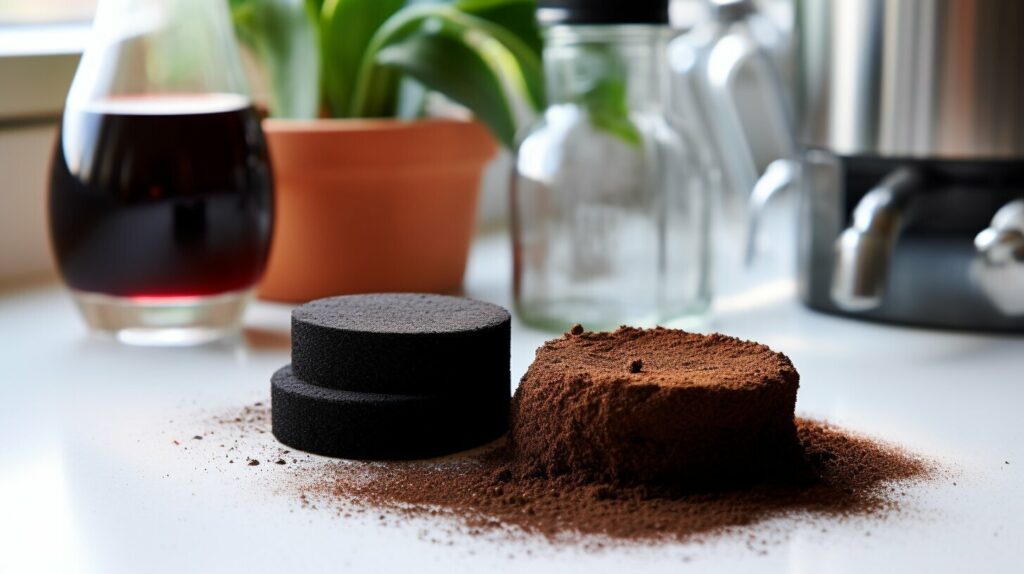
“Coffee grounds are a fantastic natural cleaning agent. Not only are they environmentally friendly, but they are also incredibly effective at removing stains and odors.”
Coffee Grounds for Plant Growth Enhancement
Don’t throw away those used coffee grounds just yet! They can be incredibly beneficial for your garden. Coffee grounds are a great source of nitrogen, which is essential for healthy plant growth. They also contain other key nutrients such as phosphorus and potassium.
Coffee grounds can be added directly to the soil as a natural fertilizer or used in compost. If you choose to add them to the soil, be sure to only use a thin layer and mix them with other organic matter to avoid nitrogen burn. Alternatively, you can mix coffee grounds into your compost bin where they will break down and release nutrients slowly over time.
Another way to use coffee grounds in the garden is by creating a coffee ground “tea”. Simply steep the coffee grounds in water for a few days and then use the resulting liquid to water your plants. This will give them a nutrient boost and help them grow stronger and healthier.
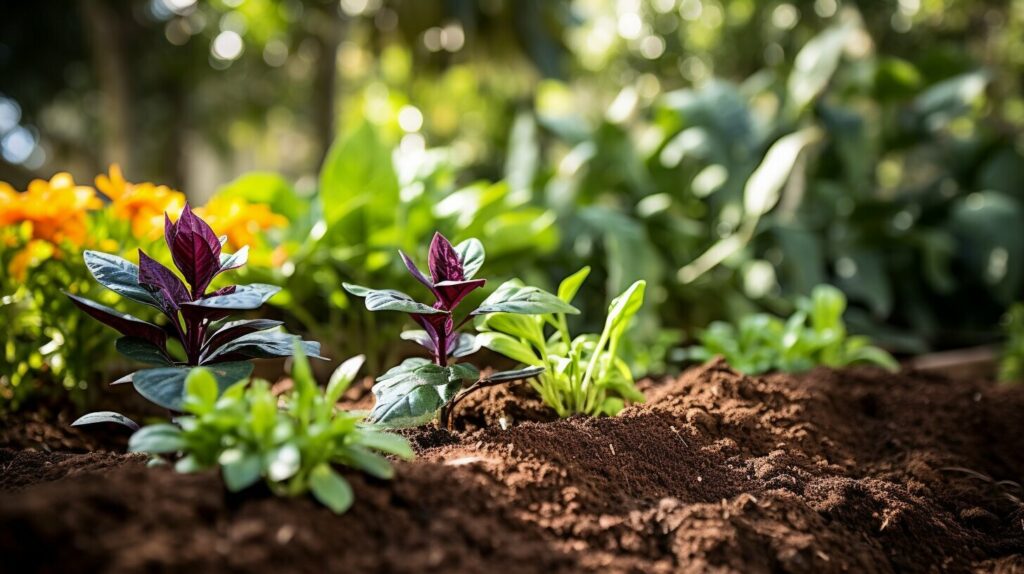
It’s important to note that while coffee grounds can be beneficial for plant growth, they should be used in moderation. Too much nitrogen can actually harm plants and cause them to grow too quickly, making them more susceptible to diseases and pests.
Overall, using coffee grounds in the garden is an eco-friendly and sustainable way to enhance plant growth. Give it a try and see the difference it can make!
Coffee Grounds as a Natural Dye
If you’re someone who enjoys DIY projects and sustainable living, using coffee grounds as a natural dye is a great way to repurpose them. Not only is it an eco-friendly alternative to synthetic dyes, but it also creates a unique and natural look.
Coffee grounds can be used to dye various materials such as fabrics, paper, or even Easter eggs! Here’s how:
- Gather used coffee grounds and mix them with water to create a paste. The amount of water will depend on the amount of coffee grounds you have.
- Apply the paste to the material with a brush, sponge, or by dipping it in the mixture.
- Choose the desired color intensity and let it sit for a few minutes to a few hours, depending on the material and desired color.
- Rinse the material thoroughly with water until the water runs clear.
- Hang the material to dry and enjoy your unique, eco-friendly creation!
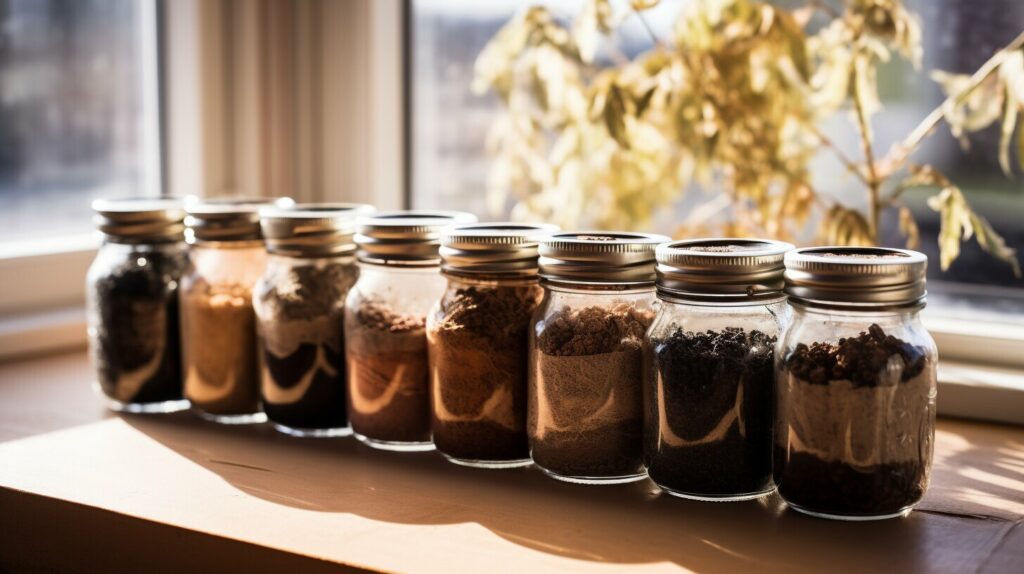
Remember, the color result will vary depending on the material and the amount of coffee grounds used. It’s best to experiment with different materials and techniques to achieve the desired outcome. Using coffee grounds as a natural dye is a fun and sustainable way to add a personal touch to your creations.
Coffee Grounds: The Versatile and Sustainable Solution
Throughout this article, I’ve shared with you some amazing ways to repurpose and recycle old coffee grounds. It’s always a great feeling when we can find new uses for things we would otherwise throw away, especially when it’s good for the planet!
Composting coffee grounds is a wonderful way to enrich the soil in your garden naturally, and it’s easy to do! Simply add them to your compost bin and let nature do the work. If you’re feeling extra creative, try out some of the DIY projects we’ve suggested using old coffee grounds. You’ll be amazed at what you can make!
Let’s Keep Our Homes Clean and Fresh
Did you know coffee grounds can be used for cleaning and deodorizing around your home? It’s true! You can use them to get tough stains out of your pots and pans, as well as your carpets. And if you have a stinky fridge, coffee grounds are great for absorbing odors.
Enhancing Plant Growth and Repelling Pests
If you’re a gardener, you’ll be happy to know that coffee grounds can help with plant growth by adding nutrients to the soil. They’re also great for keeping pests away naturally!
Natural Dyes for a Sustainable Future
Finally, don’t forget about using coffee grounds as a natural dye! You can create some really beautiful colors for your fabrics or artwork. This is also a great way to repurpose old coffee filters.
So, the next time you make yourself a cup of coffee, think twice about throwing away those used grounds. There are so many things you can do with them, and it’s a small way to help reduce waste and live a more sustainable lifestyle.

